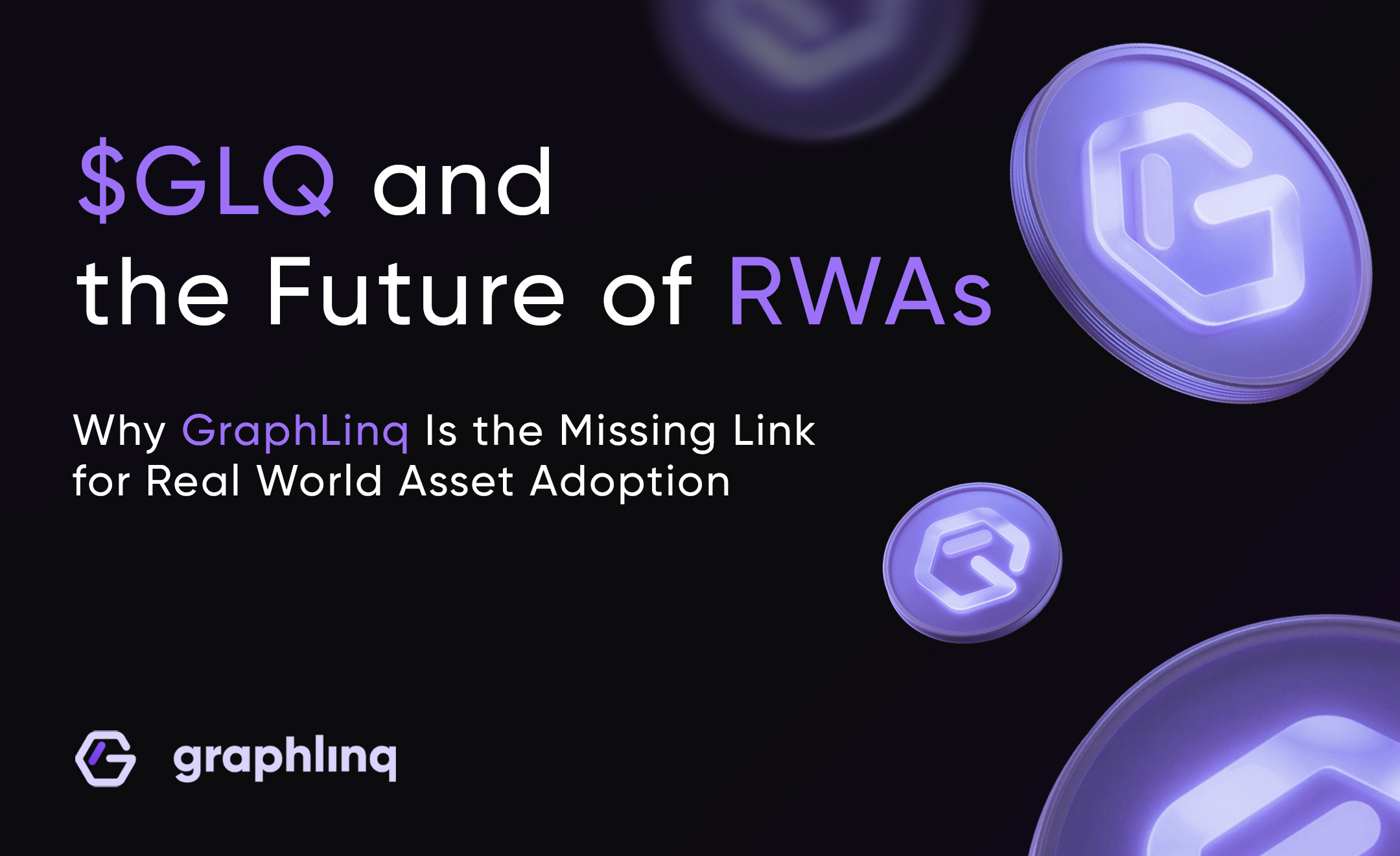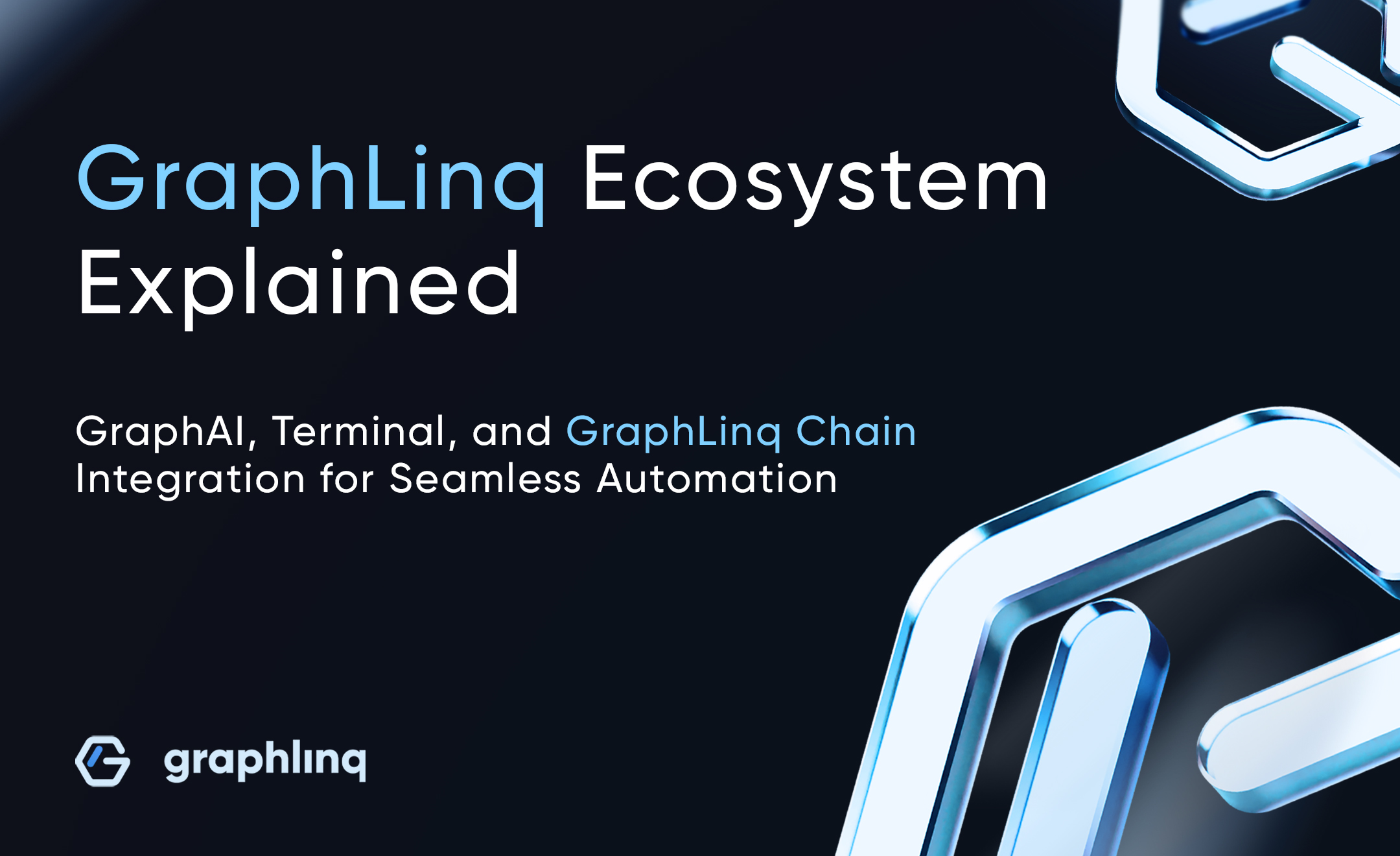Understanding Crypto Bridges and Cross-Chain Transactions
Curious about how cryptocurrencies can transition seamlessly between different blockchain networks? The key lies in crypto bridges. Whether you're new to cryptocurrency or intrigued by its workings, this guide will clarify the concept of crypto bridges and illustrate how they facilitate cross-chain transactions.
The Importance of Cross-Chain Bridges in the Crypto Ecosystem
Cross-chain bridges are crucial for the smooth transfer of assets and data across diverse blockchain networks. They play a significant role in enhancing blockchain interoperability, improving liquidity, and elevating the user experience. By enabling these connections, they pave the way for innovative decentralized applications (dApps) and decentralized finance solutions (DeFi).
Acting as connectors between various blockchain ecosystems, cross-chain bridges allow for the free and efficient movement of digital assets. This capability is essential for developing a more interconnected and flexible blockchain environment, where users can leverage the unique features and strengths of different blockchain platforms. By supporting these interactions, cross-chain bridges contribute to creating a more dynamic and versatile crypto ecosystem.
The Benefits of Cross-Chain Crypto Bridges
Enhanced Liquidity
Cross-chain crypto bridges dramatically boost liquidity by facilitating seamless asset transfers between different blockchain networks. This capability creates new opportunities for users to access and utilize their crypto assets more efficiently, preventing economic silos and broadening the range of activities in the decentralized finance (DeFi) sector.
With increased liquidity, users can perform transactions with greater ease and fewer obstacles. This enhanced liquidity not only improves the efficiency of blockchain networks but also strengthens the overall health of the blockchain ecosystem, fostering more robust and fluid market activities.
Access to Multiple Ecosystems
Cross-chain bridges serve as gateways to various blockchain ecosystems, allowing users to engage with multiple decentralized applications (dApps) and leverage the unique features of different blockchain platforms. This fosters a more interconnected Web3 environment.
By providing access to multiple ecosystems, cross-chain bridges enable users to benefit from the best features each blockchain has to offer. For example, one can take advantage of the speed of one blockchain while utilizing the security of another. This interconnectedness enhances the user experience and promotes innovation across the blockchain landscape.
Cost and Speed Benefits
Cross-chain bridges offer improved efficiency and scalability by leveraging more efficient blockchains for transactions. This results in faster transaction speeds and eliminates the need for multiple crypto exchanges. By distributing transaction loads, these bridges improve processing times and offer more economical options compared to high-cost networks like Ethereum.
Using more efficient blockchains allows users to save on costs and enjoy faster transaction times. This is especially crucial in environments where transaction fees can be high and processing times slow, such as on the Ethereum network during peak usage periods.
No Dependency on a Single Chain
Cross-chain bridges decrease the risks associated with relying on a single blockchain by enabling diversification and asset allocation across multiple networks. This is particularly beneficial during network outages, as users are not dependent on the stability of a single chain.
Diversification is a key risk management strategy, and cross-chain bridges support this by allowing users to spread their investments and activities across various blockchains. This minimizes the impact of potential issues on any single blockchain, ensuring users can continue their activities even if one network experiences problems.
Diversification and Risk Management
Cross-chain bridges help users to mitigate risks by enabling them to spread investments across multiple blockchains. This approach enhances portfolio efficiency and protects against potential issues related to the instability of any one blockchain.
This risk management capability is essential for investors and users looking to ensure the security and stability of their assets. By diversifying investments across different chains, users can shield themselves from the risks associated with the vulnerabilities or failures of any single blockchain.
Token Swaps, Staking, and Ecosystem Participation
Cross-chain bridges allow for a wide array of functionalities, including token swaps, staking, and participation in various ecosystems. This flexibility significantly enhances the user experience and encourages broader engagement with different blockchain platforms.
The ability to easily swap tokens between different blockchains, participate in staking activities, and engage with diverse ecosystems makes cross-chain bridges invaluable tools for users. This functionality supports a more active and engaged user base, which drives innovation and development within the blockchain space.
Types of Cross-Chain Crypto Bridges
Lock and Mint Bridges
Lock and Mint Bridges function by locking tokens from the source blockchain using a smart contract. Simultaneously, an equivalent amount is minted on the destination blockchain. This ensures the total token supply remains constant across both blockchains, making it ideal for stablecoins and other assets that require a consistent supply. This method provides a reliable way to transfer assets while preserving their value and stability.
Key Benefits:
- Consistent Supply: Maintains a stable supply of tokens.
- Reliability: Ensures asset value retention during transfers.
- Ideal for Stablecoins: Commonly used for assets requiring stability.
Burn and Mint Bridges
Burn and Mint Bridges involve burning tokens on the destination chain while simultaneously minting them back on the source chain. This allows tokens to return to their original state, making this method useful for temporary transfers. It ensures the integrity of the token's supply and allows assets to move seamlessly back to their original blockchain when needed.
Key Benefits:
- Temporary Transfers: Ideal for short-term asset movements.
- Supply Integrity: Maintains token supply consistency.
- Seamless Reuse: Allows easy movement back to the source blockchain.
Lock and Unlock Bridges
Tokens are locked on the source chain and unlocked on the destination chain, transferring ownership without altering the total supply. This method avoids the complexities of minting and burning processes, making it perfect for quick transfers, such as in high-frequency trading. Lock and Unlock Bridges streamline the transfer process, providing a fast and efficient way to move assets between blockchains.
Key Benefits:
- Quick Transfers: Ideal for high-frequency trading.
- Simplified Process: Avoids minting and burning complexities.
- Efficient: Provides a speedy and effective asset transfer method.
Programmable Token Bridges
Programmable Token Bridges handle a variety of assets, including native tokens, decentralized applications (dApps), non-fungible tokens (NFTs), and other programmable tokens. They offer enhanced flexibility and compatibility, allowing the transfer of complex assets with embedded logic. This makes them particularly useful for platforms supporting sophisticated operations and interactions, such as gaming and DeFi applications, where assets may have built-in functionalities and requirements.
Key Benefits:
- Asset Variety: Supports a wide range of assets.
- Enhanced Flexibility: Suitable for complex assets with embedded logic.
- Ideal for Gaming and DeFi: Supports platforms with sophisticated operations.
Federated Bridges
Federated Bridges rely on validators or nodes to approve transactions, typically using multi-signature wallets. This approach provides faster transaction times and greater scalability, but tends to be more centralized. The reliance on a select group of validators streamlines the process, enhancing efficiency, though it introduces centralization risks as trust is placed in a smaller group of entities.
Key Benefits:
- Fast Transactions: Provides quicker transaction times.
- Scalability: Enhances scalability for large networks.
- Streamlined Process: Simplifies transaction approval.
Relay or Notary Bridges
Relay or Notary Bridges use notaries or relayers to witness and report events between chains. These bridges can be more decentralized than federated bridges, making them suitable for public blockchains that require decentralized processes. By distributing trust across multiple notaries or relayers, they enhance security and decentralization, ensuring no single entity holds excessive control over the transaction process. This makes them an attractive option for maintaining the integrity and reliability of cross-chain interactions in a decentralized manner.
Key Benefits:
- Decentralization: Suitable for public blockchains.
- Enhanced Security: Distributes trust across multiple entities.
- Integrity and Reliability: Maintains decentralized cross-chain interactions.
By understanding the different types of crypto bridges, businesses and developers can choose the best method for their cross-chain transactions, ensuring efficient and secure blockchain interoperability.
Security Concerns and Risks of Crypto Bridges
Centralization Risks
Crypto bridges are essential for seamless cross-chain transactions, but their reliance on centralized authorities presents significant security threats. These centralized bridges often hold substantial funds to facilitate transfers between blockchains, making them attractive targets for hackers. The centralization creates a single point of failure. To mitigate these risks, robust security protocols and constant monitoring are crucial to safeguard the assets involved.
Smart Contract Vulnerabilities
The smart contracts that underpin many crypto bridges can have logical flaws and technical mismatches, which attackers can exploit. Such vulnerabilities compromise the integrity of cross-chain transactions. Regular audits and continuous security updates are essential for maintaining the security and reliability of these smart contracts. Engaging third-party security firms for external audits can help uncover and fix weaknesses in the smart contract code, thereby reducing the risk of exploitation.
Liquidity Risks
Ensuring adequate liquidity for assets transferred across different blockchain networks remains a significant challenge for crypto bridges. Factors like supply-demand imbalances and market volatility can affect liquidity, leading to delays and increased costs. Adequate liquidity is vital for the smooth operation of cross-chain transactions, as liquidity issues can negatively impact the user experience. Implementing effective liquidity management strategies is crucial to minimize these risks and ensure efficient asset transfers across networks.
Regulatory and Compliance Changes
Blockchain interoperability introduces regulatory hurdles and compliance requirements for asset transfers across different networks and jurisdictions. With regulations surrounding cryptocurrencies and blockchain technologies continually evolving, crypto bridges must adapt to maintain compliance. This involves navigating complex legal landscapes and meeting various regulatory standards. Staying informed about regulatory developments and proactively addressing compliance issues are essential for the continued operation and acceptance of cross-chain bridges in different regions.
Network Congestion
High transaction volumes can cause network congestion, particularly on major networks like Ethereum. This congestion increases transaction fees and slows down transaction times. Crypto bridges must effectively manage these issues to maintain efficiency and user satisfaction. Addressing network congestion is essential for ensuring smooth cross-chain transactions and enhancing the overall user experience.
By focusing on these critical areas, crypto bridges can improve their security, reliability, and efficiency, ultimately supporting seamless blockchain interoperability.
The Importance of Crypto Bridges in Web 3.0
Crypto bridges play a crucial role in the evolving Web 3.0 landscape by tackling the critical issue of cross-chain transactions. These bridges enhance blockchain interoperability, allowing users to seamlessly engage with various ecosystems and decentralized applications across multiple platforms. This not only optimizes portfolio management but also reduces risks tied to the volatility of any single blockchain.
The interconnectivity provided by crypto bridges is essential for fostering a more resilient and dynamic Web 3.0 ecosystem. By enabling smooth interactions between different blockchains, these bridges support the growth of decentralized applications and financial solutions, driving innovation and adoption.
In summary, the role of crypto bridges in facilitating cross-chain transactions and blockchain interoperability is pivotal for the advancement of Web 3.0. Their ability to link diverse blockchain networks ensures a robust and flexible ecosystem, propelling the future of decentralized technology forward.
Conclusion
While cross-chain bridges offer immense potential for blockchain interoperability, users must prioritize security, stay informed about technical challenges, and choose bridges that align with their risk tolerance. Understanding and leveraging the full potential of cross-chain bridges can provide significant advantages in the evolving world of blockchain technology.
Ready to explore the potential of cross-chain bridges in your crypto ventures? Learn more about how GraphLinq Chain Bridge can help you achieve seamless cross-chain transfers and blockchain interoperability.






















%20Do%20Bitcoin%20Cycles%20Still%20Work_.jpg)
%20What%E2%80%99s%20Next%20for%20Bitcoin%20in%202025_.jpg)



%20What%20Is%20a%20Crypto%20Swap.jpg)






























.jpg)
%20How%20to%20Find%20New%20Cryptocurrencies%20%20Worth%20Investing%20In.jpg)
%20Understanding%20Cryptocurrency.jpg)

.jpg)

A%20Comprehensive%20Guide%20to%20Altcoin%20Season.jpg)
%20cases%20and%20Future%20of%20Ai%20in%20Crypto.jpg)
%20How%20to%20Create%20Your%20Own%20MetaMask%20Wallet.jpg)
%20How%20to%20use%20your%20Crypto%20wallet%20safely.jpg)
What%20is%20a%20smart%20contract.jpg)
%20How%20to%20Protect%20Against%20Crypto%20Scams%20and%20Ponzi%20Schemes.jpg)








